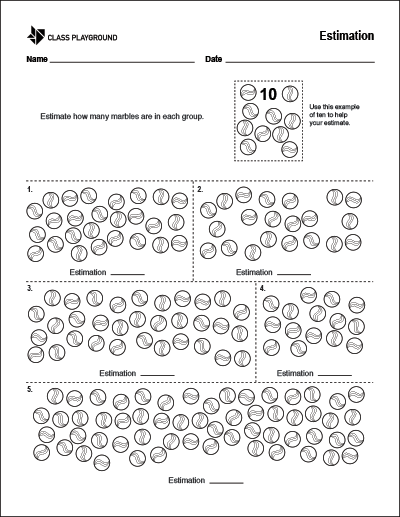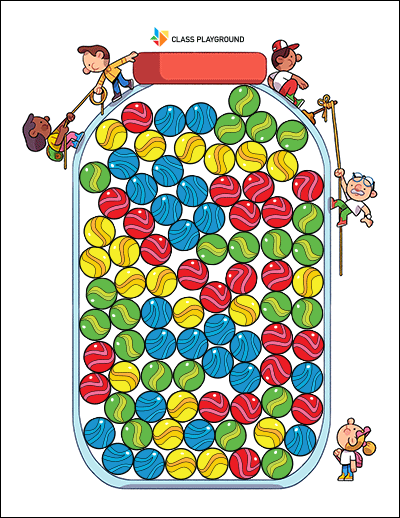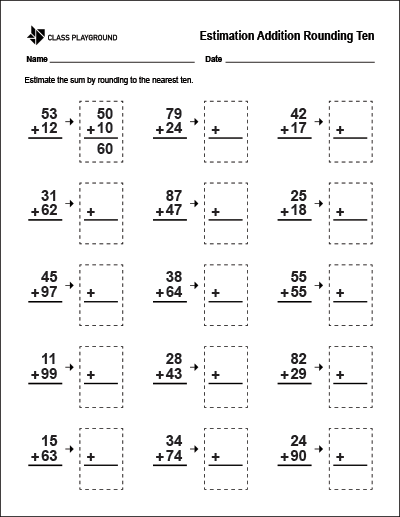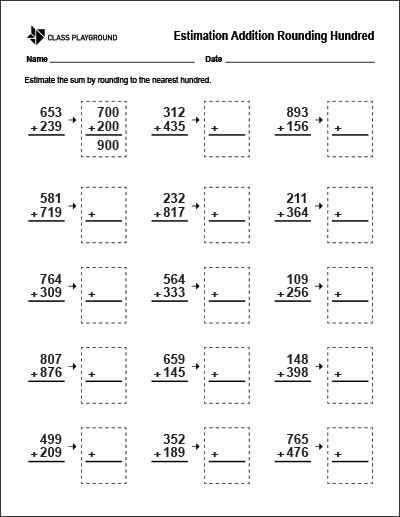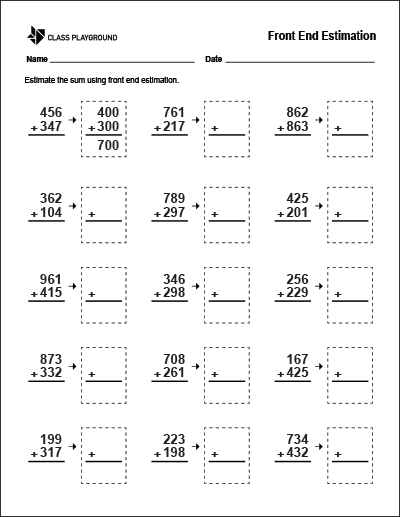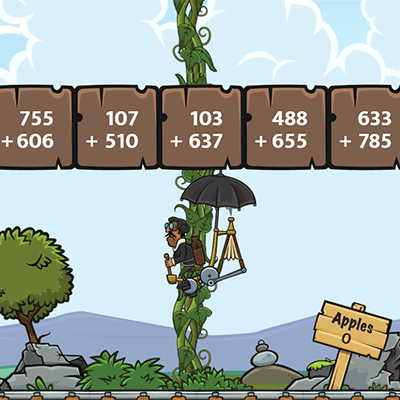What is Estimation?
Teaching estimation means helping students make educated guesses about a value, number, or quantity. Estimation isn’t about exact answers—it’s about finding an answer that is close enough to be useful. Students use it to check whether an answer makes sense and to solve problems quickly.
Why Teach Estimation?
While many math tasks require precision, estimation builds number sense and confidence with mental math. It’s a vital life skill: we estimate when budgeting, planning travel time, or dividing snacks. Helping students see when a “good enough” answer is appropriate makes math flexible and practical. Teachers can find creative classroom challenges on Estimation 180, a site dedicated to building estimation skills.
Language for Estimation
Introduce words like exact, reasonable, rounding, and guess. Ask students to notice everyday situations that call for estimating—how long homework will take, how many supplies are needed for a project, or how much time remains before recess.
Effective Strategies for Teaching Estimation
Use clear, consistent methods so students can choose a strategy and explain their thinking:
- Rounding Method: Round numbers to the nearest ten, hundred, or other place value to simplify calculations. For example, 327 rounded to the nearest ten is 330.
- Front-End Method: Keep only the first (leftmost) digit and change the rest to zeros to get a quick approximate total. For example, 1565 ≈ 1000 and 9011 ≈ 9000, so 1565 + 9011 ≈ 10,000.
- Clustering Method: When numbers are close together, round them to the same easy value. For example, 49, 53, 47, 48, and 55 can each be treated as ~50, so the sum ≈ 250.
Activities for Estimation
Hands-on tasks and interactive games help students see estimation as practical and fun:
- Apple Island: Apple Island is a fun estimation game where students drag and drop equations in order from least to greatest. Once sorted correctly, their bicycle flies to Apple Island and knocks down apples, turning estimation practice into an exciting challenge.
- Marble Jar: Marble Jar is a digital manipulative where students explore quantities by predicting how many marbles are in the jar. It can be used for estimation practice, number sense, or as a quick classroom challenge.
- Shopping Exercise: Give students a budget and have them estimate totals from ads or online items—no calculators, no exact sums.
- Snack Division: Divide a snack among the class quickly by estimating portions instead of counting every piece.
- Event Planning: Plan a class party and estimate supplies based on expected guests. Compare estimates with actual amounts used.
- Container Filling: Predict how many balls, cubes, or pebbles will fill a container; test and refine estimates.
- String Measurement: Cut a piece of string to estimate each student’s height without using a ruler.
- Travel Time Estimation: Guess travel times to nearby cities; verify with an online map and talk about why estimates differed.
Conclusion
Teaching estimation develops number sense, flexibility, and confidence. With rounding, front-end, and clustering strategies—plus real-world activities and interactive games—students learn that “close enough” can be both efficient and mathematically sound. For related skills, explore Rounding, Number Lines, and Measurement.

